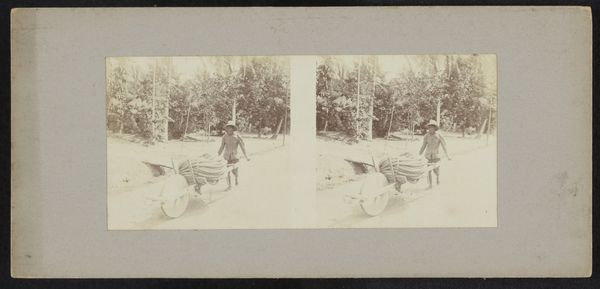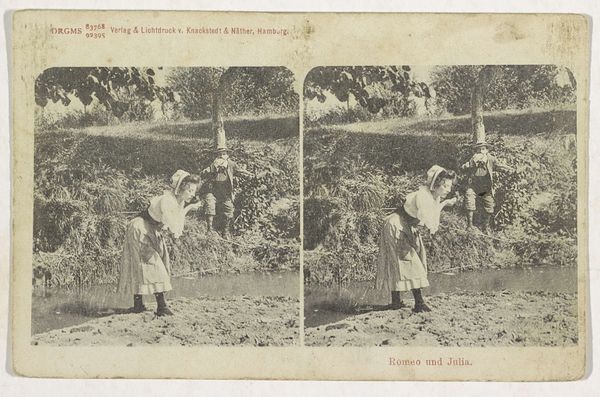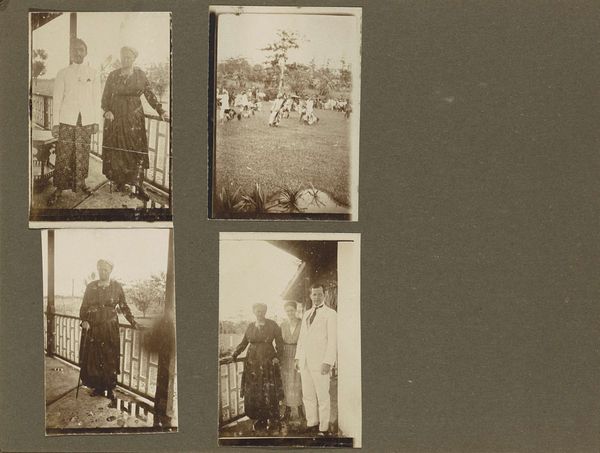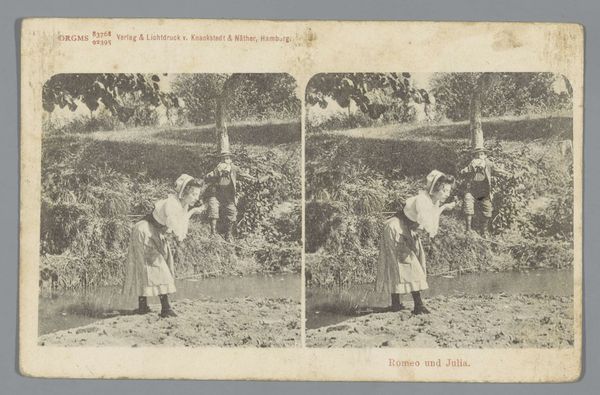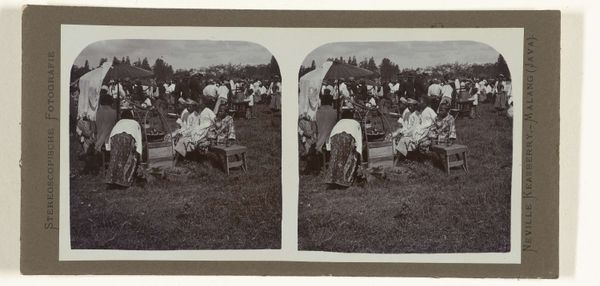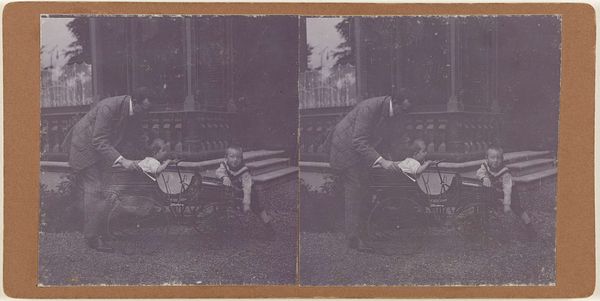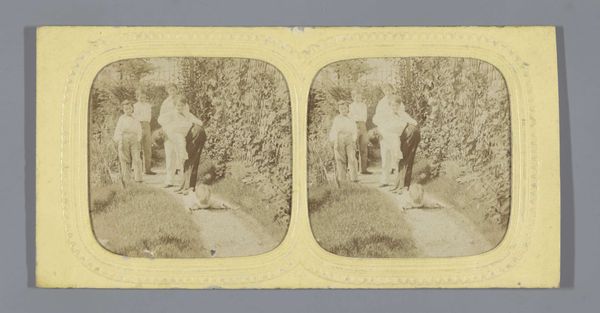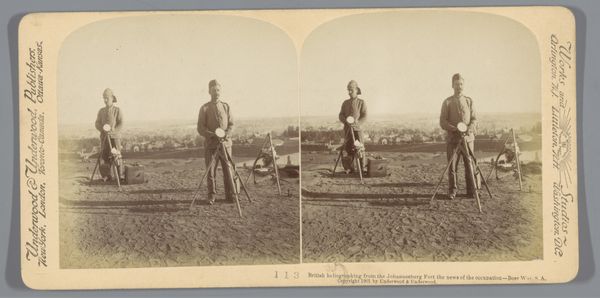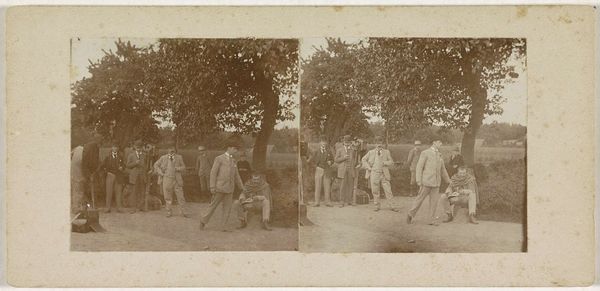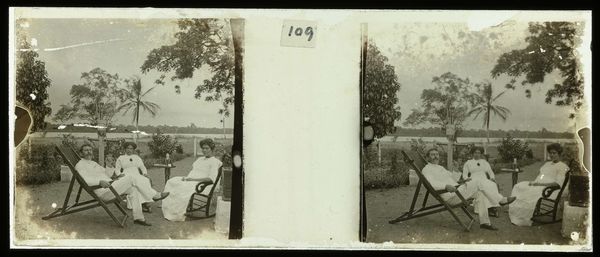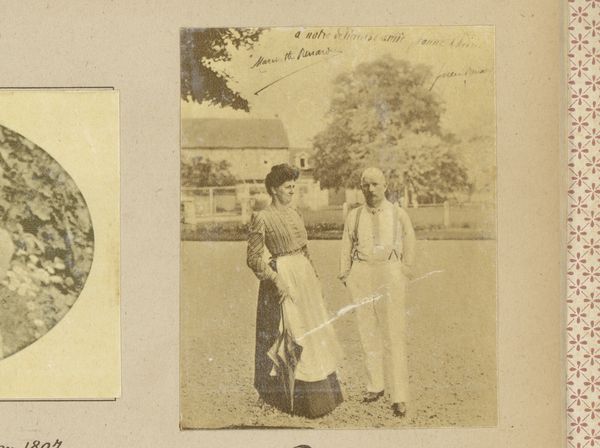
print, photography
#
pictorialism
# print
#
landscape
#
photography
#
personal sketchbook
#
building
Dimensions: height 85 mm, width 170 mm
Copyright: Rijks Museum: Open Domain
Curator: Here we have John Fillis Jarvis’s "View of Windsor Castle, with the Thames in the Foreground," from 1889, a photographic print employing Pictorialist techniques. Editor: The sepia tones immediately create a sense of historical distance. There's almost a storybook quality to it, even though it’s a photograph. Curator: Indeed. Windsor Castle, in the background, carries centuries of symbolic weight, representing British monarchy and power. It is often portrayed to inspire ideas of enduring legacy and tradition. Jarvis has placed common folks along the river's edge in the foreground, creating an interesting relationship of scale between royalty and its subjects. Editor: Yes, and the print itself would have been made using a specific process. Think about the labor involved in setting up the shot, developing the print, and then its mass distribution through stereoscopic viewing. Each stage reveals Victorian-era production. Curator: Certainly. The decision to embrace Pictorialism elevates photography towards the artistic ideals of painting through manipulation, showcasing artistic intention. Editor: Consider that manipulation then in terms of its value as labor. The human effort expended in the process – the creation, developing and printing, that's what is important to me. Curator: It's a fascinating interplay. Jarvis evokes a sense of historical grandeur interwoven with the daily existence of those under its watch. Editor: I see the photo as the artifact, representative of not just a singular artistic moment, but the means of cultural production it represents. The material and labor tell their own history. Curator: Jarvis provides an insight into Victorian society's fascination with both royalty and the romanticism of everyday life. A dual visual language in conversation, here. Editor: I find that my experience has me seeing the image as labor, process, distribution, an entire system that can be studied through its parts. Curator: We are provided here with visual history, which evokes discussions of both symbolic continuity and material and means.
Comments
No comments
Be the first to comment and join the conversation on the ultimate creative platform.
